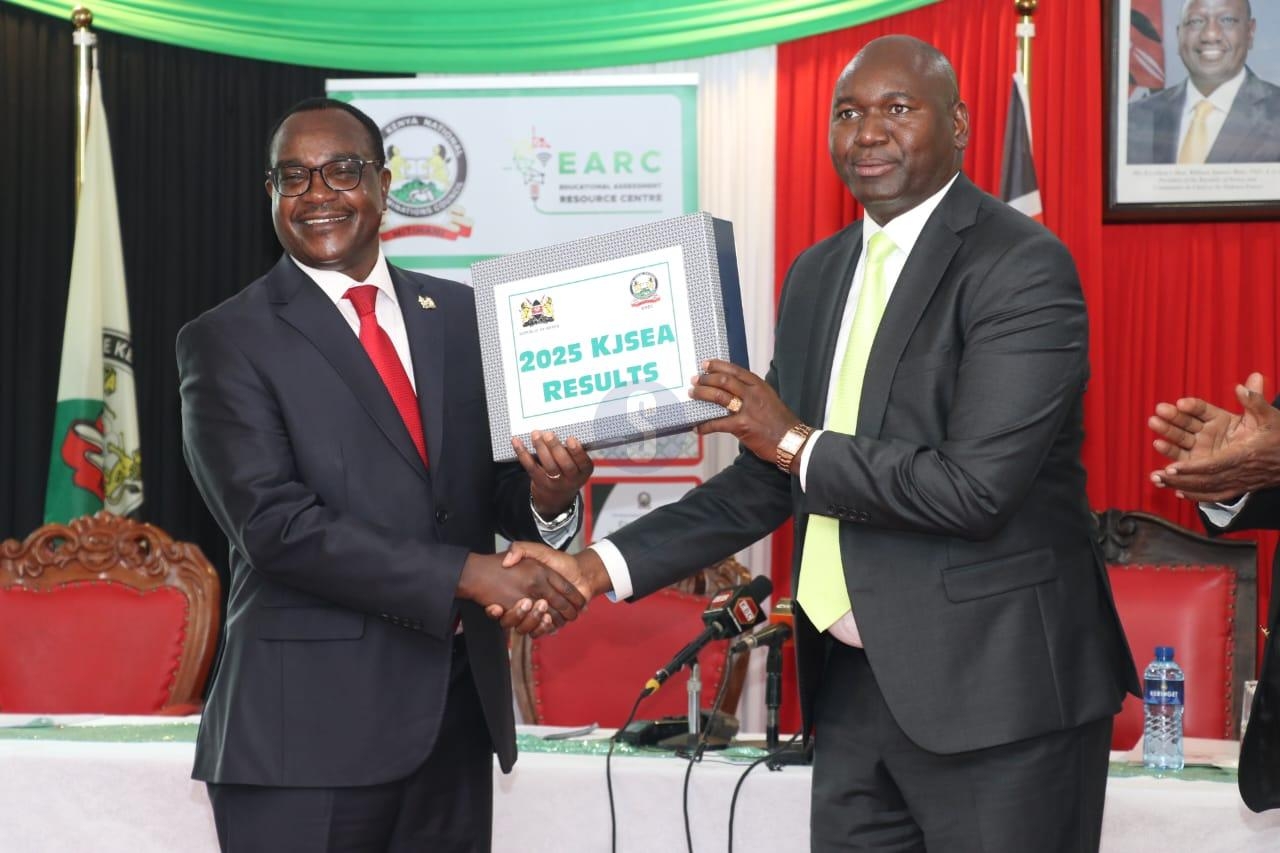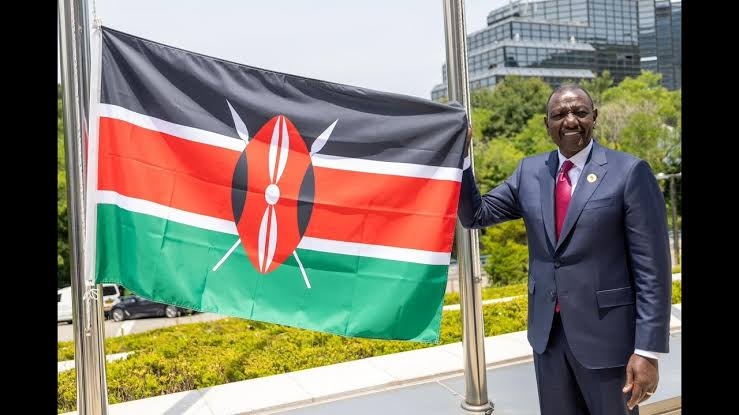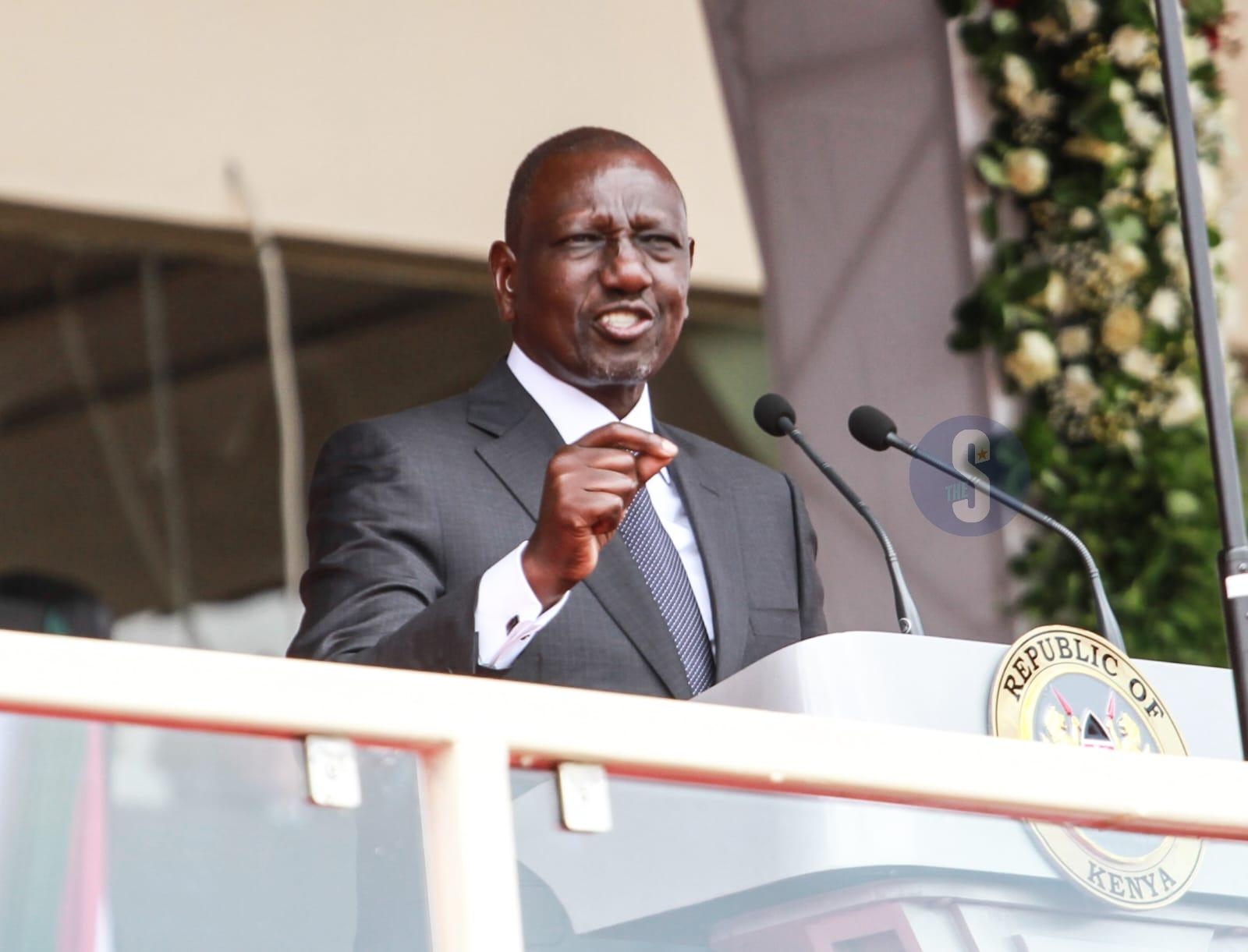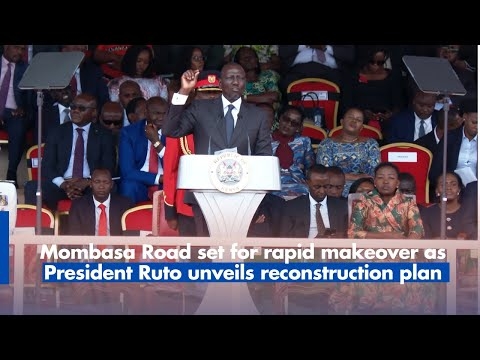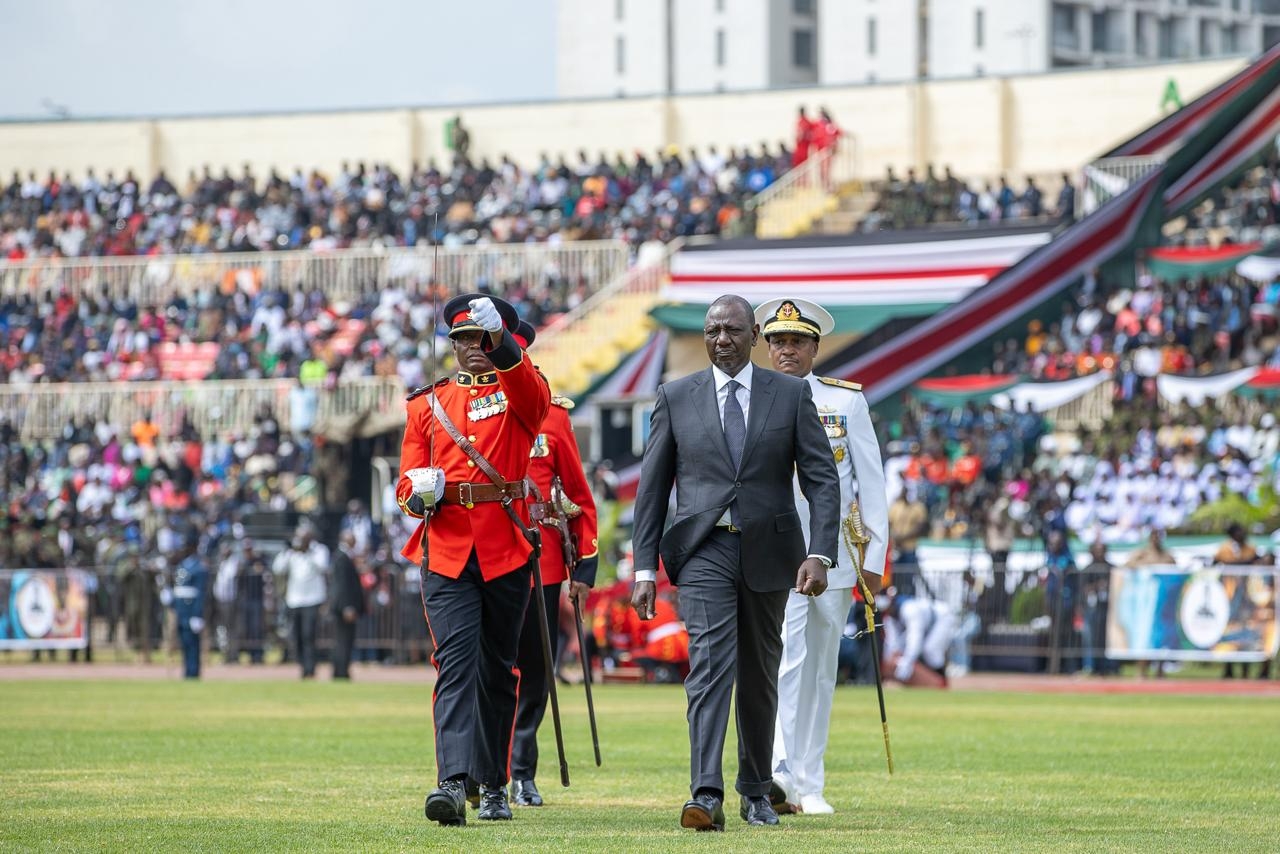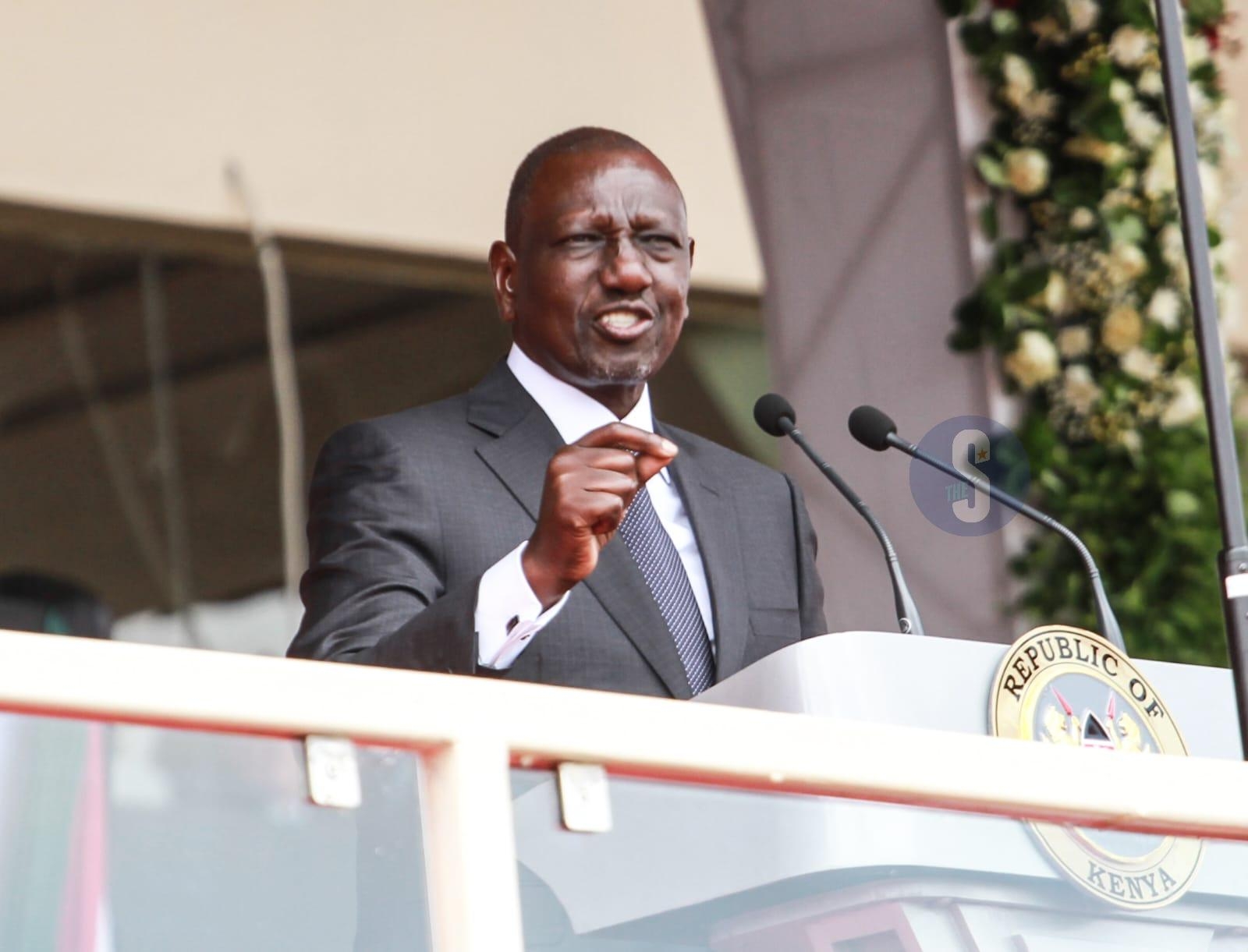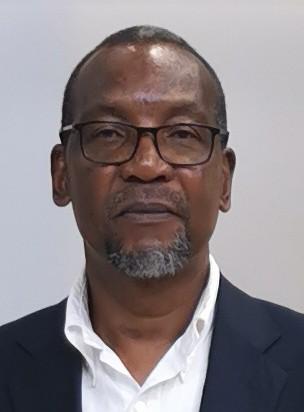
As I recently left the Western Indian Ocean Marine and Scientific Association (WIOMSA) Conference in Kilifi, one thought refused to fade: how can a region so richly endowed with ocean wealth remain so poor in livelihoods? Kenya’s coast, stretching over 600 kilometres along the Indian Ocean, is one of the most resource-rich frontiers in Africa.
Yet, for decades, it has been trapped in poverty and underdevelopment.
This contradiction defines our Blue Economy story — a tale of immense potential still struggling to translate into prosperity. The sector currently contributes just Sh37 billion, about 2.5 percent of Kenya’s GDP.
But experts insist that with proper governance, investment, and planning, the figure could rise to Sh500 billion annually. That’s not a dream — it’s a realistic estimate of what lies beneath the waves if we get our policies right.
The WIOMSA conference, themed “Unlocking Financial Pathways for a Thriving Blue Economy,” brought together scientists, policymakers, financiers, and local communities to reimagine how Kenya can turn its marine wealth into a new pillar of economic growth.
It was encouraging to see collaboration among institutions that rarely sit at the same table — researchers from Kenya Marine and Fisheries Research Institute (KMFRI,) policymakers from the State Department for Blue Economy and Fisheries, academics, private sector investors, and grassroots representatives.
Presentations by Dr Susan Atieno, Deputy Director, State Department of Blue Economy and Fisheries, KMFRI Director, Dr Paul Orina, and KMFRI lead Researcher, Dr Jacqueline Uku set the pace for enlightening and engaging conversation in a diverse and purpose-driven dialogue.
At the conclusion of the special side event was: To unlock Kenya’s economy and transform the socio-economic lives of the coastal communities, which have been on the fringes of the development, it must be a multi- sectoral approach with all hands on deck by all.
Equally promising was the message from financiers such as National Bank and other financial insitutions, which expressed readiness to channel investment into the Blue Economy. The government’s goal to grow the sector’s contribution to Sh80 billion by 2026 and Sh150 billio by 2027 may sound ambitious, but it is within reach — if we build the right financial frameworks, regulatory systems, and community partnerships.
A Blueprint for the Ocean
What Kenya has lacked for years is a coherent plan to manage its ocean space — until now. But hope beckons. The country has begun implementing its first-ever National Marine Spatial Plan (MSP), a 20-year framework approved by Cabinet in March 2024.
The MSP is designed to guide the sustainable and integrated use of Kenya’s 250,000 square kilometres of ocean territory, ensuring a balance between economic growth, environmental conservation, and social equity.
The MSP is led by the Ministry of Mining, Blue Economy and Maritime Affairs, coordinated through the State Departments for Blue Economy and Fisheries, Shipping and Maritime Affairs, and Physical and Land Use Planning.
It is financed by the Government of Kenya and supported by the World Bank through the Kenya Marine Fisheries and Socio-Economic Development (KEMFSED) Project.
This plan identifies seven core sectors crucial to Kenya’s ocean economy: marine biodiversity and conservation, fisheries and mariculture, energy and minerals, marine transport and infrastructure, tourism and recreation, culture and heritage, and oceanography. It also addresses cross-cutting issues like ocean governance, security, and scientific research — the backbone of effective management.
What makes this process truly transformational is its inclusivity. Across Kilifi, Lamu, Tana River, Kwale, and Mombasa, the Ministry is holding community engagement sessions to capture the voices of those who live by and depend on the sea — fishers, hoteliers, youth, women, and indigenous groups. For the first time, marine planning is not being dictated from Nairobi boardrooms but co-created with the people most affected by it.
These forums are not token exercises. They build awareness, enhance local capacity to participate, and gather on-the-ground knowledge about resource use, conservation, and development priorities. The result will be a more grounded and legitimate framework that reflects both local realities and national ambitions.
Turning Potential into Prosperity
To unlock the Blue Economy’s potential, Kenya must move beyond rhetoric. That means investing in modern infrastructure such as the Sh2.6 billion Shimoni Fish Port, which is poised to boost exports, create jobs, and enhance household incomes. Expanding maritime transport could save the country nearly Sh600 billion annually by reducing logistics costs and boosting regional trade.
Emerging sectors such as shipbuilding, seaweed farming, and marine biotechnology hold promise for thousands of skilled and semi-skilled youth. But all this will only work if we rethink our approach to development. Coastal communities must be active partners — not passive beneficiaries — of the Blue Economy.
We need to enhance financial inclusion, offering fisherfolk access to capital, grants, and low-interest loans to modernize their equipment and operations. Education and technical training are equally critical — schools and TVETs must begin offering courses aligned with ocean-based industries such as aquaculture, marine engineering, and environmental science.
But beyond the financial and
technical, there’s a softer challenge — mindset
change. For too long, coastal development has been viewed through the
lens of subsistence. We must replace dependency with entrepreneurship,
extraction with stewardship, and short-term gains with long-term
sustainability. The ocean should not just be seen as a resource to exploit but
as a living system to protect and grow with.
A Decade of Opportunity
The upcoming Oceans Decade Conference, which Kenya will host, will be a defining moment to showcase our leadership in ocean governance and innovation. The WIOMSA meeting has already set the tone: collaboration, evidence-based policy, and community empowerment must guide the way forward.
The tools are now on the table — the MSP offers a roadmap, financial institutions are showing interest, and local communities are eager to participate. What remains is execution: a united front across government, research, and business to make the Blue Economy Kenya’s next success story.
If we align science with policy, finance with inclusivity, and ambition with accountability, the story of our coast will change. The paradox of being “so rich yet so poor” will finally give way to a new narrative — so rich and thriving.
Kenya’s ocean is not a mystery. It is an opportunity waiting to be claimed — sustainably, inclusively, and boldly. The time to act is now.
The writer is Training and Consulting Editor


